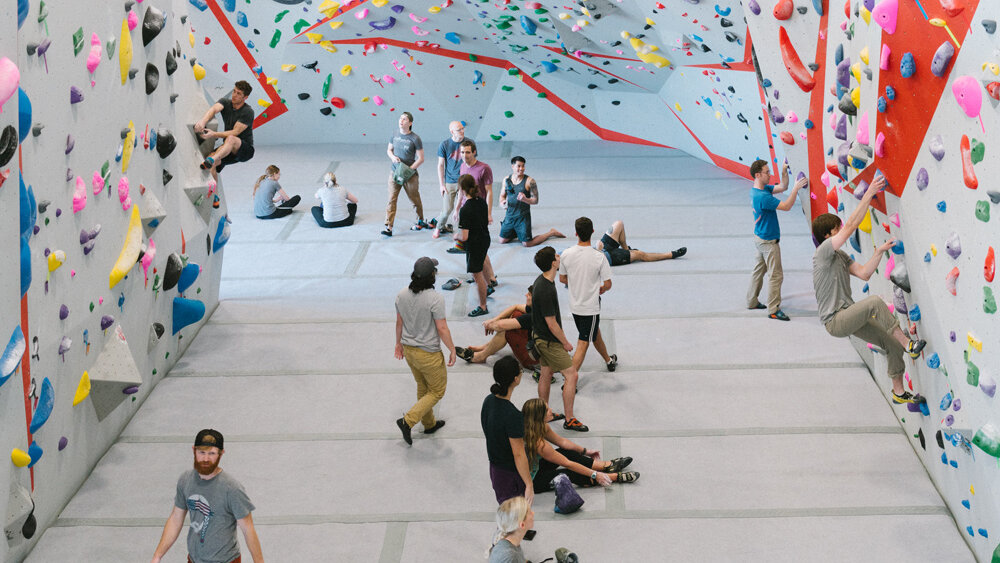A Data-Driven Look at the Cost of Everyone’s Favorite “Minimalist” Climbing Discipline
1. Why the Question Matters
Walk into any climbing gym on a Tuesday night and you’ll hear the same debate: “You only need shoes and a chalk bag—bouldering’s cheap!” versus “Have you seen pad prices lately? I might as well buy a mountain bike.” The truth sits somewhere between those hot-takes. This article audits every major expense—indoor and outdoor—and then stacks them against the price tags of mountain biking, skiing, surfing, and roped climbing so you can decide whether pebble-wrestling bankrupts or bargains.
2. The Absolute Basics
At minimum, a new boulderer needs shoes, a chalk bag, and some chalk. New performance shoes now cost anywhere from about $135 to $229 and last six to eighteen months depending on use and how soon you resole. Chalk bags average $15–$30, while a 100-gram chalk refill runs $4–$10 and lasts most climbers one to two months.
Indoor access is the other fixed cost. U.S. day passes hover between $15 and $28, yet most frequent climbers quickly migrate to memberships that range from $60 in small markets to roughly $150 in dense metros. A first-timer who rents shoes and buys a day pass can sample the sport for under $40—far less than a single lift ticket at many ski resorts.
3. Outdoor Essentials—Crash Pads and Guidebooks
Once the gym ceiling feels too low, a crash-pad purchase becomes mandatory. Prices have risen with foam costs, but options still exist at several price points. Entry-level pads such as the Metolius Session II come in just under $200. Mid-range staples like the Drifter Crash Pad around $292, while oversized or custom-art pads break past $300. Because most outdoor boulderers carry two pads, you should plan on $450–$550 up front.
Guidebooks, which cost $30–$55 apiece, round out the kit and often remain useful for years before a new edition appears.
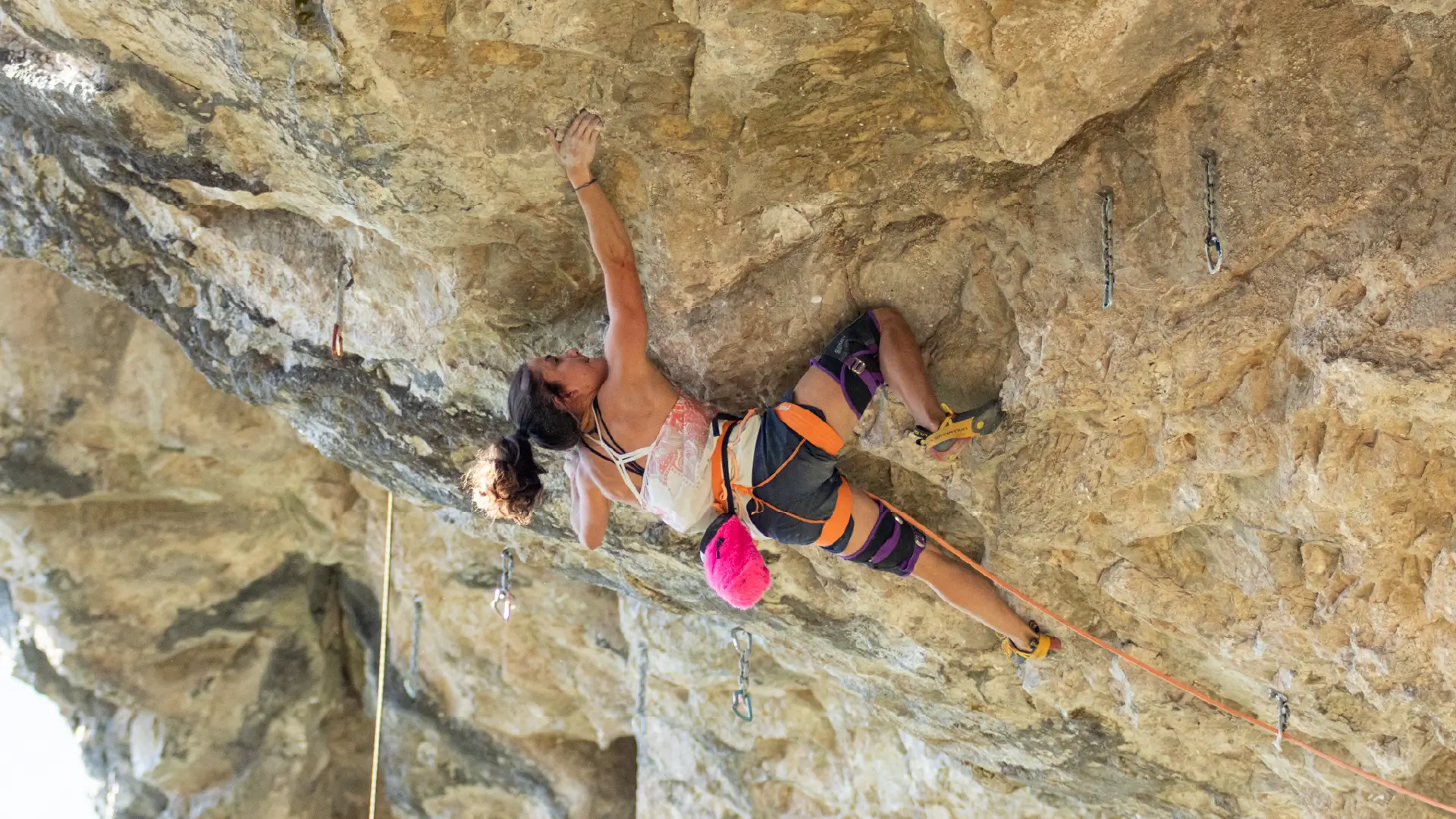
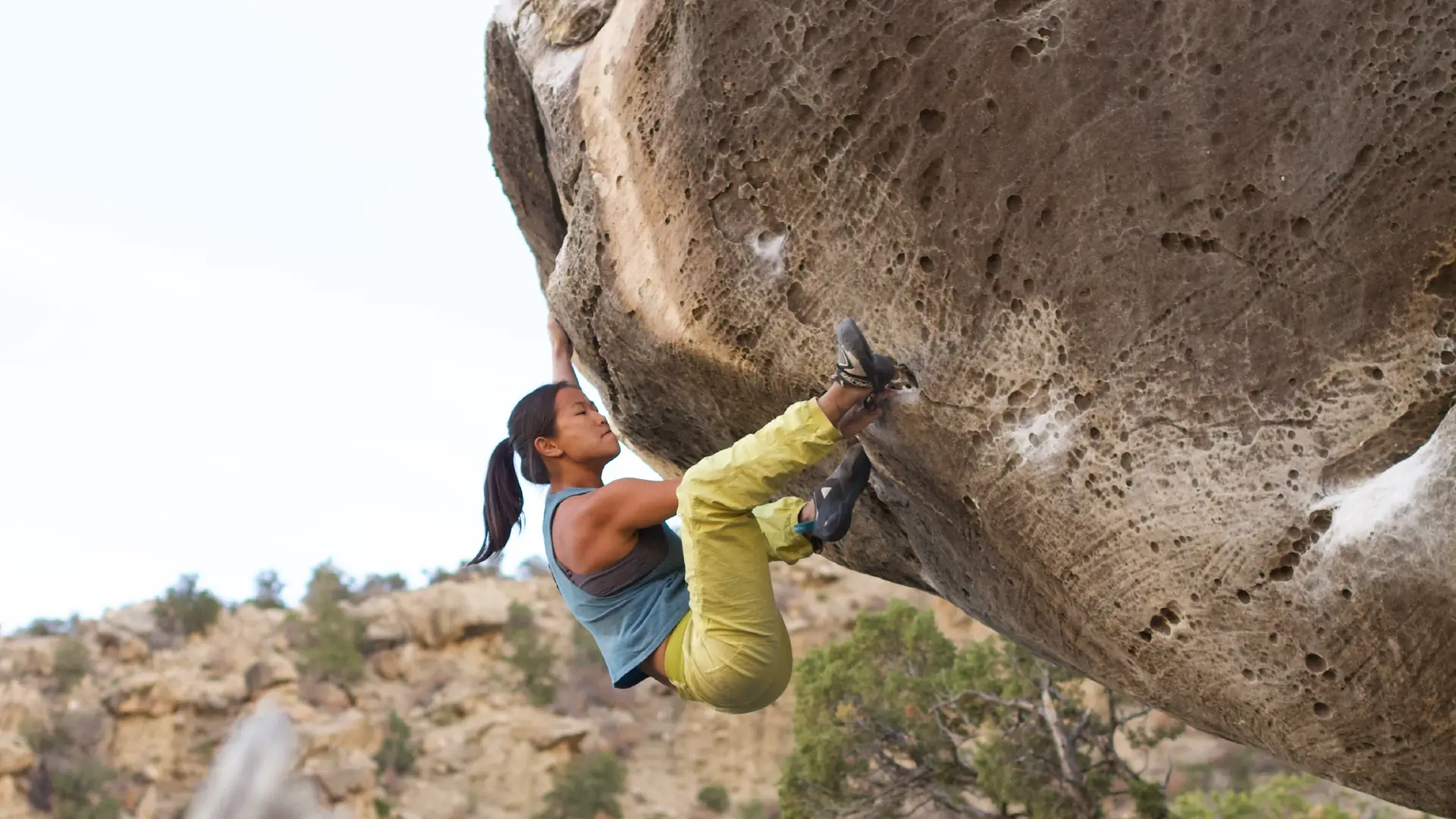
4. Bouldering vs. Roped Climbing
Even with two pads, outdoor bouldering still undercuts sport climbing by roughly 20 percent and trad climbing by more than half. A basic bouldering kit—shoes, pads, chalk, and a guide—lands near $575. Compare that with sport climbing’s $700–$800 starter package once you add a rope, harness, quickdraws, helmet, and belay device. Graduate to trad gear and the price skyrockets: a full Camalot rack alone now costs about $650, pushing a first-time trad bill toward $1,400–$1,500.
5. Gym Membership Math
Memberships vary dramatically by region. At Beta Bouldering in Flagstaff, for instance, an individual plan costs $68 per month and drops to $48 on a family or group plan. Large-metro chains in Denver or New York often sit between $91 and $135. Nationwide, the average settles in the $50–$100 window—comfortably higher than a mainstream fitness center but still half the cost of many CrossFit boxes or boutique spin studios.
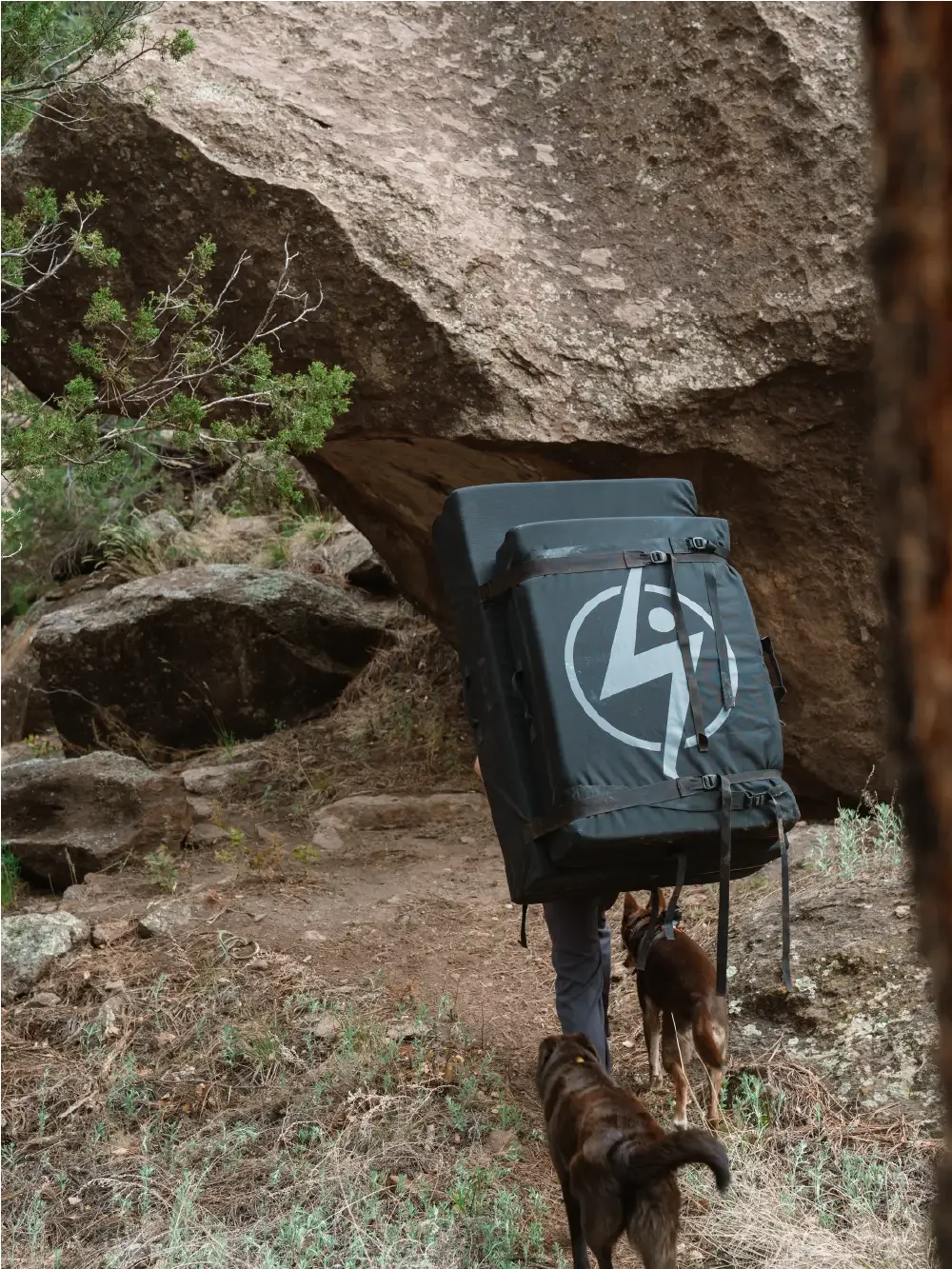

6. Hidden and Recurring Costs
Shoes need occasional resoles—typically $40–$55 a pair—which is far cheaper than buying new kicks but does add a stealthy line item once or twice a year. Chalk adds another $40 annually for heavy users. If you travel often, expect to burn through punch passes at out-of-town gyms; a pack of five visits averages $150. Fuel, campsites, and national-park entry fees also creep into the budget if you’re weekend-warrioring.
For the dedicated gym rat who climbs three times a week on a $68 membership, tacks on chalk at $3.50 a week, and amortizes one resole across the year, the hobby costs roughly $90 a month—less than many phone plans.
7. How Bouldering Stacks Up Against Other Outdoor Sports
Mountain biking often starts with a budget hardtail at $300–$450 but can soar to $7,800 or more for a modern full-suspension trail weapon, plus regular maintenence that run about $300 annually. Lift-served bike-park passes add another $399 each season.
Downhill skiing requires skis, boots, and bindings—packages now start near $700. Add a season pass like the Epic at $1,051 (or day tickets of $100–$150), and it’s easy to drop $1,800 or more your first season.
Surfing is closer to bouldering on the cost curve: a decent entry-level board can be had for $200–$400, while a cold-water wetsuit is $150–$400. With the ocean free, the overall buy-in parallels the cost of a two-pad bouldering kit.
Viewed this way, bouldering’s barrier to entry is dramatically lower than mountain biking or skiing and remains competitive with surfing, especially when gear longevity is factored in.
8. Longevity and Depreciation
Crash pads typically last five to seven seasons if you store them dry and rotate the landing zones, working out to roughly $60–$80 a year in depreciation. A pair of shoes that gets two resoles can survive three years, driving the annualized cost down to about $90. For perspective, the yearly wear-and-tear cost of a mountain-bike drivetrain equals the depreciation on a solid pad quiver.
9. Real-World Budgets
A beginner who climbs only indoors will pay about $971 in year one (shoes, chalk bag, and a full-price membership). In subsequent years, the budget hovers just under $900 as they replace chalk and resole shoes but no longer buy new gear.
A weekend road-trip boulderer who buys two pads spends roughly $1,440 the first year. In following seasons, shoe replacements, pad depreciation, and travel typically push their annual spend to around $1,200.
At the other extreme, a gear-head who insists on top-tier shoes, a three-pad quiver, coaching sessions, and plane tickets to Rocklands can cross $4,000 in a single year—comparable to chasing powder days or building a quiver of surfboards.
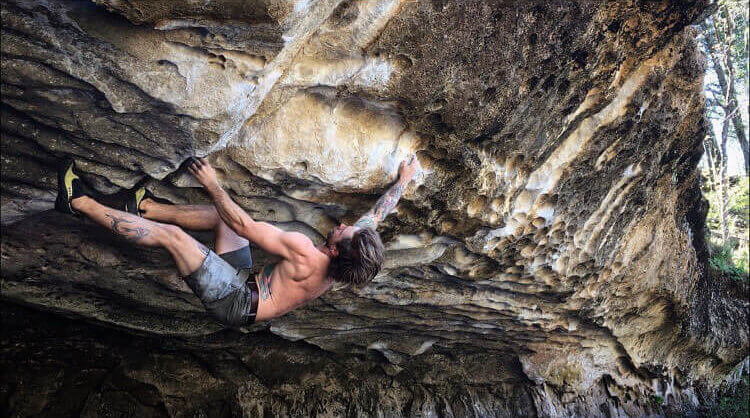
10. Why Bouldering Feels Expensive
- Up-Front vs. Drip Costs – A single $500 charge for crash pads can sting more than $50 siphoned off monthly for gym dues.
- Inflation in Outdoor Retail – Foam, rubber, freight, and wages all rose between 2021 and 2025, nudging pad prices upward by about 15 percent.
- High Frequency of Use – Bouldering sessions are short and frequent. When you’re in the gym four days a week, the membership bill looms large compared to sports you practice just once a month.
11. Strategies for Climbing on a Budget
- Buy used pads—lightly-used foam often sells for half of retail.
- Resole instead of replace—two resoles cost less than one new pair of shoes and keep waste out of landfills.
- Share memberships—many gyms discount group plans well below the individual rate.
- Pool crash pads—four friends each buying one pad yields a communal stack rather than eight redundant mats.
- Volunteer programs—non-profit gyms like Memphis Rox use pay-what-you-can models or trade volunteer hours for access.
12. Conclusion
So, is bouldering expensive? Relative to the cost of living in 2025—yes and no. A gym membership sits above conventional fitness centers yet remains below boutique spin studios. Outdoor gear demands an initial payout of around $500, but that’s still cheaper than the single ski pass most powder hounds purchase every winter. Climbers who keep their kit simple, share resources, and maintain what they own can enjoy one of the most cost-efficient adrenaline fixes around.
Lace up those shoes, borrow a friend’s pad if you need to, and remember: the real richness of bouldering lies in days spent on stone, not digits on your credit-card statement.

